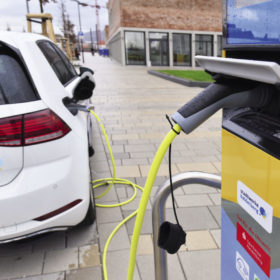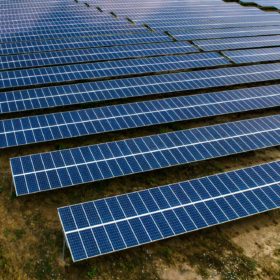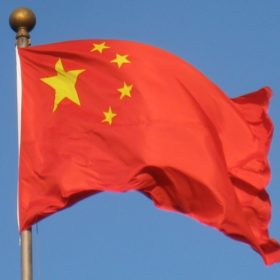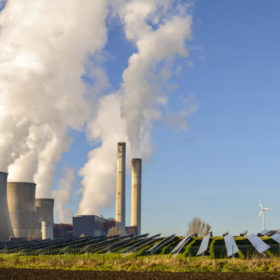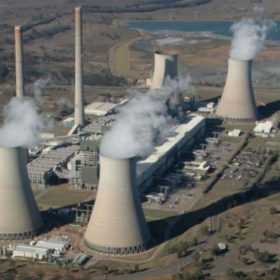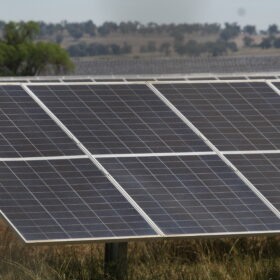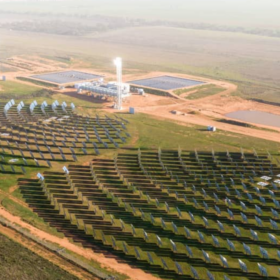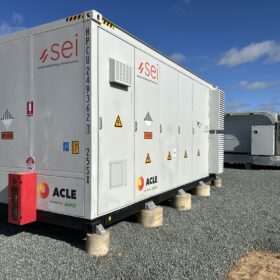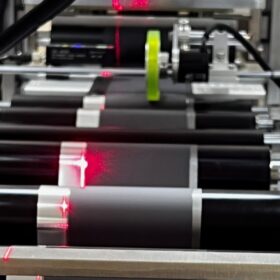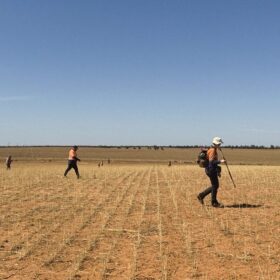IndianOil to produce non-lithium EV batteries
The state-run fossil fuel giant has partnered with an unnamed foreign start-up to produce electric vehicle batteries using raw materials easily available in India.
Coal Capital Newcastle switches to 100% renewables
Newcastle, NSW, home to the world’s largest coal exporting harbour, has announced a plan to source 100% of the City of Newcastle’s power from renewable generation in a move that could save ratepayers millions in energy costs.
Balancing solar with agriculture in the US Midwest
Today we have heard of farmers in Australia unhappy at the approval given for three solar projects on agricultural land and also learned the benefits PV can bring for fish and shrimp farmers. In this op-ed for pv magazine USA, Stoel Rives LLP attorneys Sara Bergan and Thomas Braun discuss the balancing act to be made between solar and agriculture in the emerging Midwestern PV market.
Solar Victoria heeds solar industry activism, frees up 23,000 solar PV rebates
The Victorian Government has heeded solar industry and customer concerns and wrought substantial changes to the Solar Homes Rebate Program, including a significant increase in rebate allocations and a streamlining of the laborious online application portal.
Food and energy tussle as Victoria approves three controversial new solar farms
The Andrews Government has approved three new solar farms in the Shepparton region with a combined generative power of 175 MW. However, some residents are upset at the loss of prime agricultural land and the now redundant irrigation equipment which had been upgraded through government grants.
China to fund 450 MW of solar capacity in Bangladesh
The two nations are due to sign an MoU today to set up the capacity in the north of Bangladesh along with 50 MW of wind power facilities in the south, near the port of Payra. China will supply an estimated $500m with the host nation freeing up land for the projects.
China Power figures show how much cheaper solar is than coal
A mix of higher operating costs and ageing coal assets – plus historically generous solar tariffs – meant the utility banked more profit from the 1.53 TWh of solar electricity it sold in the first half than it did from 25.9 TWh of coal-fired power.
Super fund leads nation’s largest infrastructure to emissions reduction targets
Industry superannuation fund manager IFM Investors has announced an ‘unprecedented’ set of Australia’s largest infrastructure assets have set firm emissions targets which are expected to be met with large-scale solar uptake.
ARENA announces $15 million in funding for ultra-fast EV highway
The Australian Renewable Energy Agency (ARENA) will top up Evie Networks ultra-fast battery electric vehicle (EV) charging network throughout Australia’s highways with $15 million in federal funding.
AEMO’s 2019 ESOO Report forecasts a summer punctuated by ‘tail risk’ outages
The Australian Energy Market Operator (AEMO) has today released its 2019 Electricity Statement of Opportunities (ESOO), a forecast of the supply and demand conditions across the National Electricity Market (NEM) as the country moves toward the 2019-20 summer. AEMO warned that a dearth of short and longer-term investment in dispatchable resources and transmission will ensure real-world impacts this summer.
